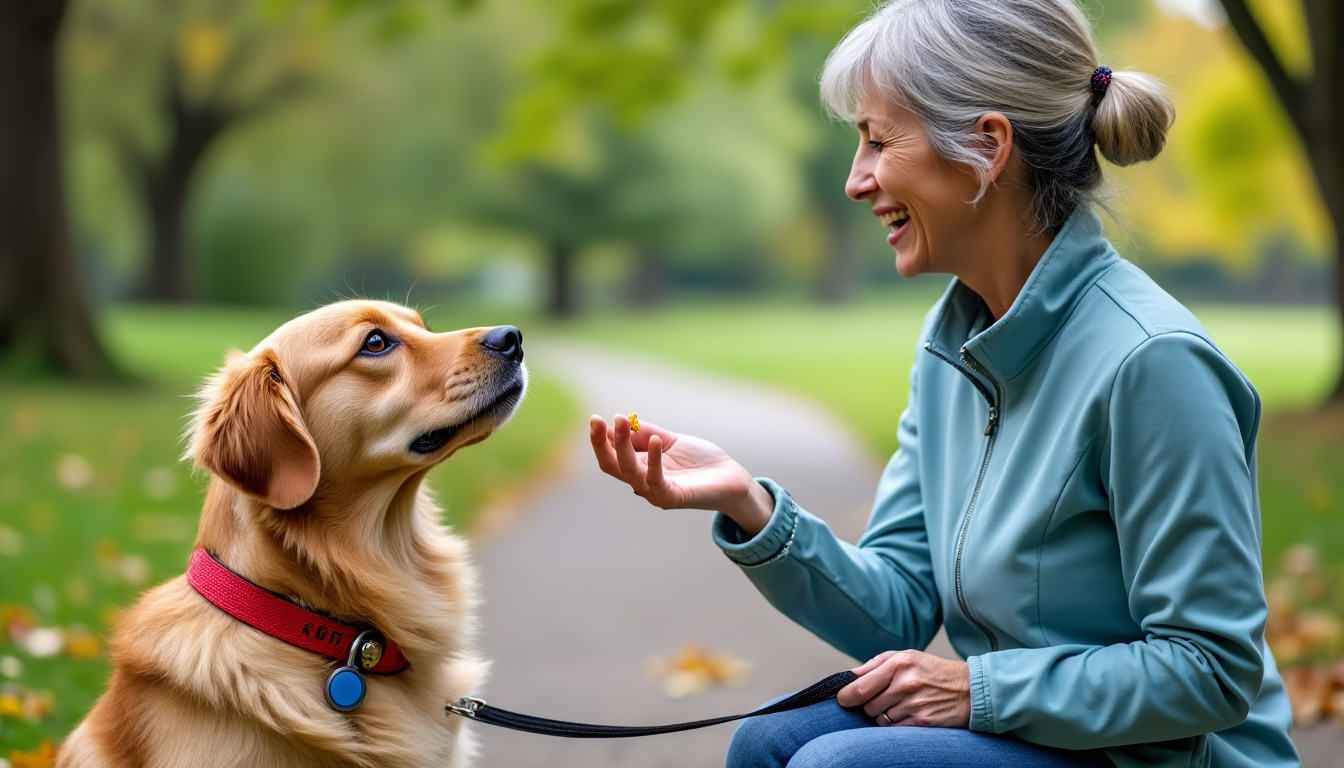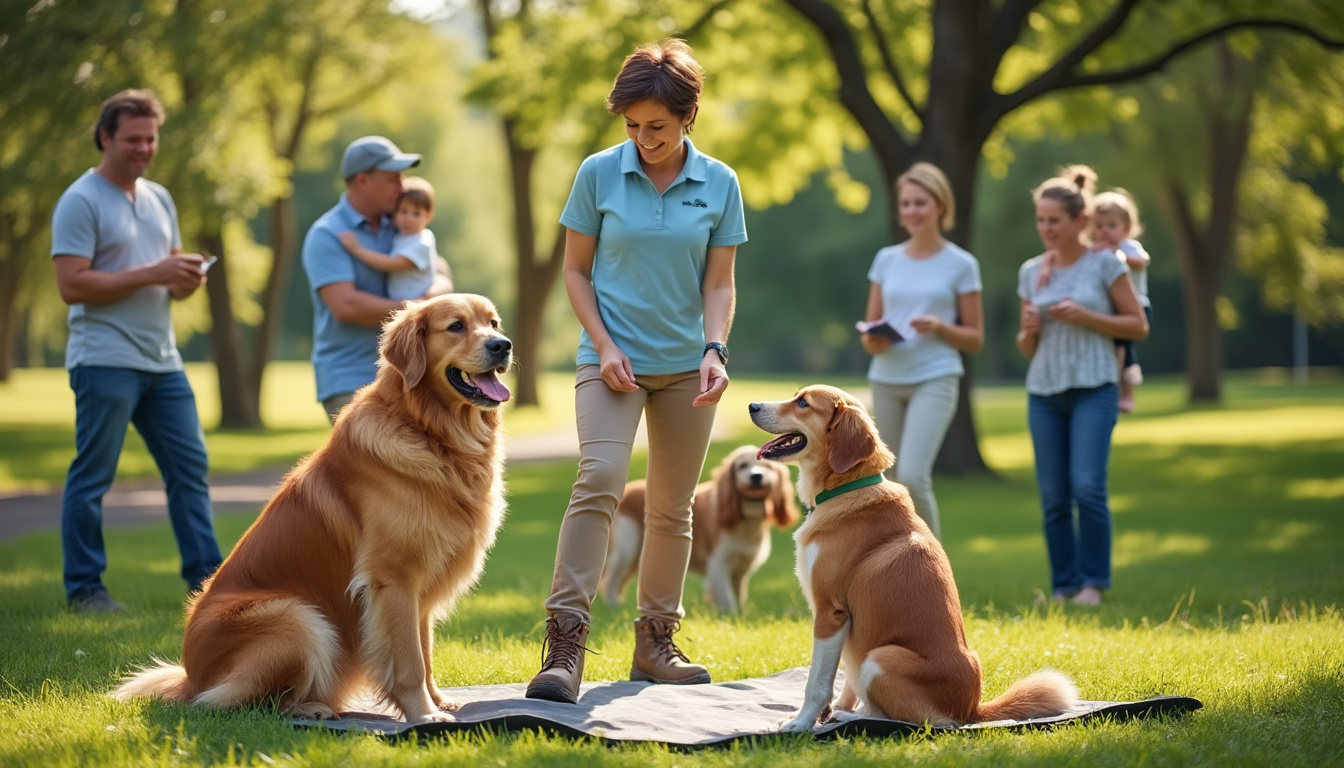Comment to choose the right dog training method?
Choosing the right dog training method is crucial to establishing a healthy and harmonious relationship with your four-legged companion. Given the diversity of existing techniques, it can be challenging to know which approach to adopt. Between traditional methods, often controversial, and positive training, which emphasizes the well-being and understanding of the dog, each owner must assess their choices for effective learning. Good dog training is not limited to commands, but involves respectful interaction that fosters mutual trust. This article guides you through the different methods, their advantages and disadvantages, to help you choose with full knowledge.
Understanding the different dog training methods
Dog training primarily revolves around two main trends: traditional methods and positive training. Each of these approaches has its own principles and techniques, but they can also be mixed, which sometimes complicates the owners’ choice.

The traditional method: the coercive approach
The traditional dog training method is based on coercive principles, where obedience is achieved through constraint and punishment. This technique uses tools such as choke collars or electric collars, intended to prevent undesirable behaviors through sanctions. Although some may find this effective in the short term, this method poses significant risks to the dog’s well-being.
Studies show that the use of coercion can lead to problematic behaviors such as aggression or fear. For example, a dog that undergoes frequent punishment may become wary or even aggressive towards humans. These results raise genuine ethical questions regarding the respect for the dog and its nature.
In France, the popularity of these techniques has significantly decreased, notably thanks to the teachings of ethology, which illuminates our understanding of animal behavior. This change in approach encourages more and more owners to reconsider the beliefs about dog training they may have acquired.
The positive method: towards respectful training
Positive training focuses on rewarding good behaviors and establishing a relationship based on trust and mutual respect. This includes using positive reinforcers such as treats, petting, or play. This method has proven to be more effective in the long term, as it promotes the dog’s engagement and motivation.
By rewarding desired behaviors, the dog learns to reproduce them. Moreover, this approach reduces stress and anxiety, creating a positive learning environment. To discover the basics of this method, you can consult resources and studies on dog training techniques using a practical guide or a comparison of dog training methods.
Pilgrimage into the realm of training techniques
When discussing dog training techniques, it is vital to differentiate education from simply knowing how to give commands. Dog training revolves around understanding the dog and its environment. For instance, learning commands like “sit” or “down” can be perceived as training, which does not cover the overall aspect of education. To delve deeper into the topic, let’s look at the essential distinctions between these two concepts.
Education vs Training
It is common to confuse positive dog training with simple training. Education aims to prepare the dog to adapt to daily life and to abide by social rules without coercion. In contrast, training is often based on commands that the dog must respond to, sometimes under the threat of punishment.
Training should not be seen as an end in itself, but rather as a process that can nourish good education. This therefore requires prioritizing methods that promote understanding and communication. Furthermore, there are many ways to teach your dog commands. Training at home, for example, can be done through games, playful exercises, or simply through daily interaction.
The tools: training collars and alternatives
Behind every method, there are also tools that can make all the difference in education. Traditional tools like the Furminator training collar provoke controversy. They are often used in a context of coercive training but can also be used for medical monitoring.
The choice of dog training tools
When it comes time to choose tools for education, it is crucial to ask the right questions. Modern educational methods advocate avoiding tools that could injure or traumatize the dog. Dog Silencer training methods, for example, are designed to deter undesirable behaviors without violence or pain.
It is essential to understand that the tool alone does not make the educator. A good educator will know how to adapt to the needs and personality of each dog. Moreover, it is fundamental to remain attentive to one’s animal and never hesitate to reevaluate the method or tool used. An effective tool should help strengthen the bond between the owner and the dog rather than create a barrier.
The importance of training for dog educators
To best support dog owners, the training of dog educators is paramount. Good training allows for mastering the different dog training techniques and learning to use the appropriate tools effectively. Professionals must be trained not only in theoretical aspects but also in practical fieldwork, crucial for assessing the behavior of each dog in various contexts.
The necessity for regulations
Compliance with legislation and ethical standards is crucial when it comes to dog training. This field is constantly evolving, and educators must stay informed about the best current practices. Thus, it is important for dog educators to participate regularly in continuing education to stay updated on the latest research and training techniques.
Many sites can provide relevant information on practices or offer dog educator training. References and testimonials help choose a respectful instructor capable of supporting you in your journey with your dog.
Ultimately, dog education is not just a matter of techniques or tools. It is a process of mutual learning aimed at establishing a harmonious relationship between humans and their dogs. Everyone must, at their level, engage in it with respect and kindness, for the well-being of their four-legged companion.











